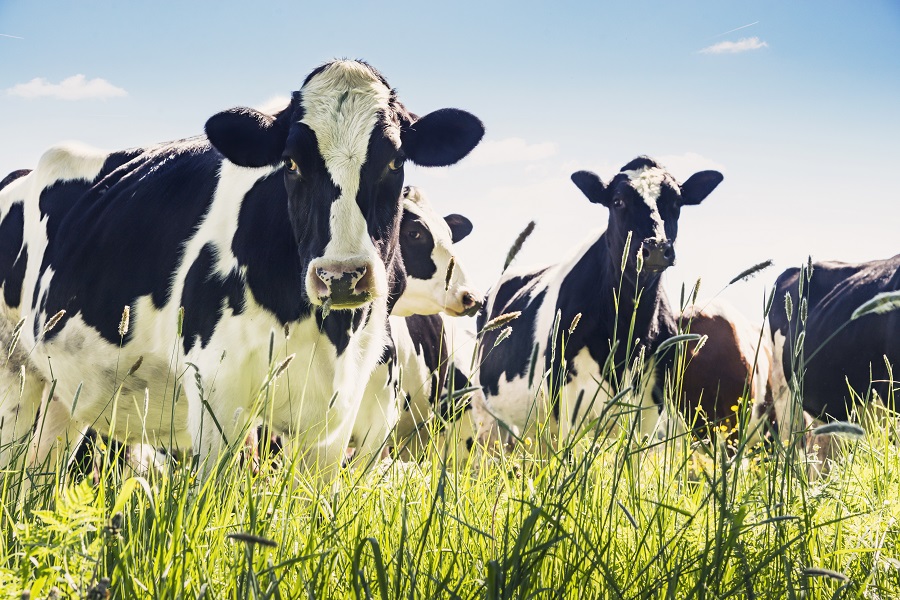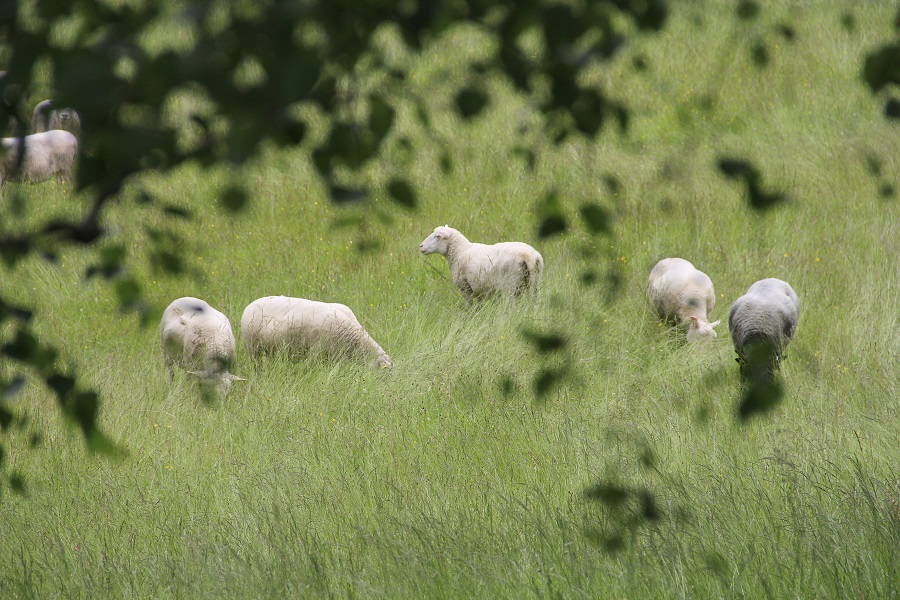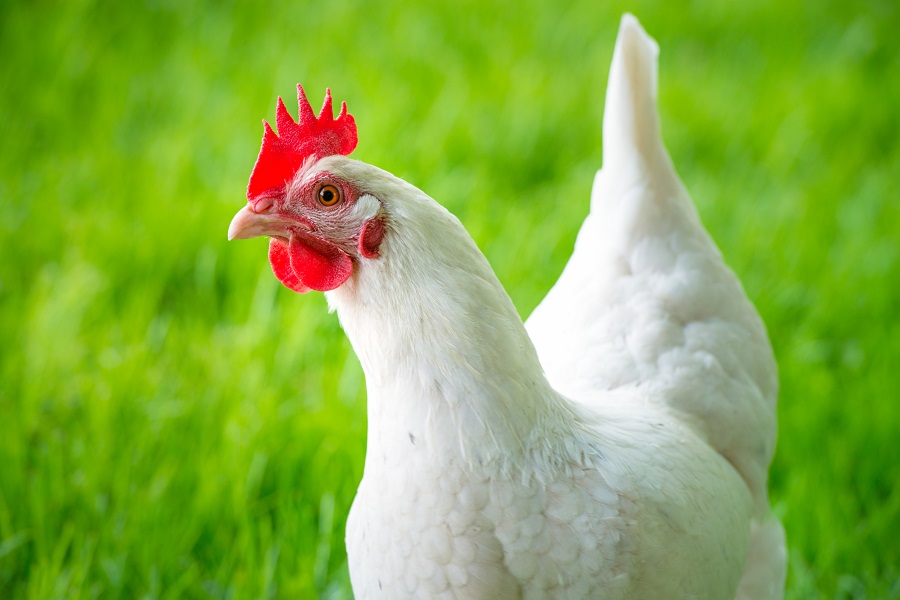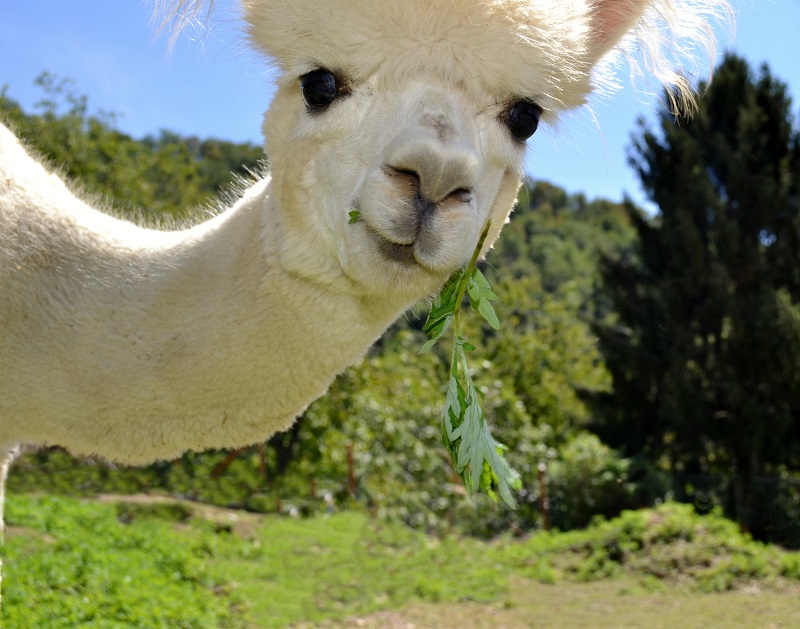Spring is here! The temperatures are warming, the bulbs are popping, and our animals are venturing out of their coops and pens with a little more enthusiasm. If you’re anything like me, however, you might be approaching your animal pastures or runs this spring with a bit of apprehension. After a prolonged cold winter and wet spring, my backyard chicken run is a muddy mess without a single green thing growing anywhere.
Perhaps your pastures or runs are in decent condition this spring (lucky you!) but you want to try something different for your animals? Or, perhaps you’re approaching homesteading or backyard livestock for the first time and you’re planning to seed a new pasture? Regardless of your situation, spring is as good a time as any to seed or renovate a pasture for small-scale summer grazing.
Here at Deer Creek Seed Co, we offer a variety of seed mixtures that are perfect for small-scale livestock and poultry growers.
Premium Grass Base Forage Mix
Our Premium Grass Base Forage Mix was designed to produce high-quality and high-yielding grass forage with a broad, palatable appeal to animals that graze. The blend is composed of high-sugar perennial ryegrass, festulolium, forage Kentucky bluegrass, Kentucky 32 tall fescue, and meadow fescue. These grasses were selected to provide optimum nutrition while continuously growing through seasonal weather and temperature changes.
Ryegrasses and bluegrasses tolerate cold and damp conditions and will thrive in the early spring and fall. The tall fescue and meadow fescue have fair to moderate heat and drought tolerance and will provide forage into the dog days of summer.
Festulolium, a hearty cross between perennial ryegrass and meadow fescue, will move your pasture from spring to summer and summer to fall as a great transitional-season forage. We recommend incorporating some legumes into this mix, such as clovers, alfalfa, or trefoil (non-bloating) for increased palatability and nutrition for cattle, horses, or sheep. Adding legumes has the additional benefit of providing nitrogen to the grasses for greater stand longevity.

Premium Alfalfa Dairy Mix
Do you have a smaller lot that “runs down the hill to the creek?” Perhaps it’s one of those seasonally wet pastures that are otherwise hard to farm? You’d like to grow something there for your livestock, but if you do, it needs to handle moist soils and cool temps.
Well, our Premium Alfalfa Dairy Mix is a low-cost option for those parts of the pasture or farm that are obstinately damp. This versatile combination of grasses and legumes was primarily designed for the northern Midwest, but will generally do well in cool, occasionally wet pastures across the Midwest and Northeast.
The alfalfa and red clover in the mix provide protein to your dairy or beef and, because they are legumes, they have the added benefit of fixing nitrogen in the soil for use by the timothy component. The timothy provides fiber and carbohydrates and was selected to complement the maturity of the legumes.
Llama & Alpaca Pasture Mix
What if you have some grazers that are not traditional livestock – like llamas or alpacas? Camelids are not true ruminants (they’re known as “functional ruminants”) and they have some dietary restrictions that need to be taken into consideration. High sugar or high protein forages should be avoided.
Our Llama & Alpaca Pasture Mix features a strong blend of forage grasses that provides a lush pasture throughout the growing season, can be cut for hay if needed, and contains low sugar crops to help reduce digestive disorders that are common for camelids. This mix is adapted to a variety of soil types and climates in the Northern and Central United States. If a legume component is desired, we recommend adding red or white clover rather than alfalfa to this mix.

Free Range Sheep & Hog Pasture Mix
Do you have pastured sheep or hogs and you’d like to offer them a little something extra to graze? Consider our Autumn Buffet, which is an extremely palatable and nutritious blend of clovers and brassica forage and roots crops.
This mix can be frost seeded in the spring, broadcast before winter cover, drilled or no-tilled into existing pasture, or blended in with feed to let the animals do the work! Plus, this blend can be robustly seeded for hog pasture. However, this mix should be judiciously combined with grasses or sparingly grazed (in concert with grass hay feed) to prevent bloat in sheep. We recommend overseeding this mix into existing pasture for sheep.

Poultry Pasture Broiler Mix
If you raise free-range or backyard broiler chickens, you will love adding our Autumn Buffet to their runs. This mix is a unique blend of grains, legumes, and leafy greens to provide your broilers with a rapid growing and healthy feed supplement. Growing your own chicken feed has never been easier!
Use your backyard, backlot, or pasture to generate fresh, nutritious, low-cost food your birds can self-harvest. You can broadcast this mix at any time (although spring is probably best), rake it into the ground, water it, and in 7-10 days you’ll have a lush and tender green pasture to let your broilers devour (and they will!)
What if I want to make my own pasture mix?
Chances are high that for many of our readers, one single mix doesn’t fit the bill. Perhaps you’ve carefully selected a few grasses or legumes that you’d like to combine on your farm and none of our pre-made mixes has quite what you’re looking for.
You can order every species mentioned above as a straight product and blend your own mix!
For more information on how to plant a pasture, refer to our Tools & Guides section under Farming. There you will find an article called “Grazing Systems Planning Guide” from the University of Minnesota and the Natural Resources Conservation Service that will walk you through all the aspects of planning, seeding, and maintaining a pasture. Good luck this spring and happy pasturing!



